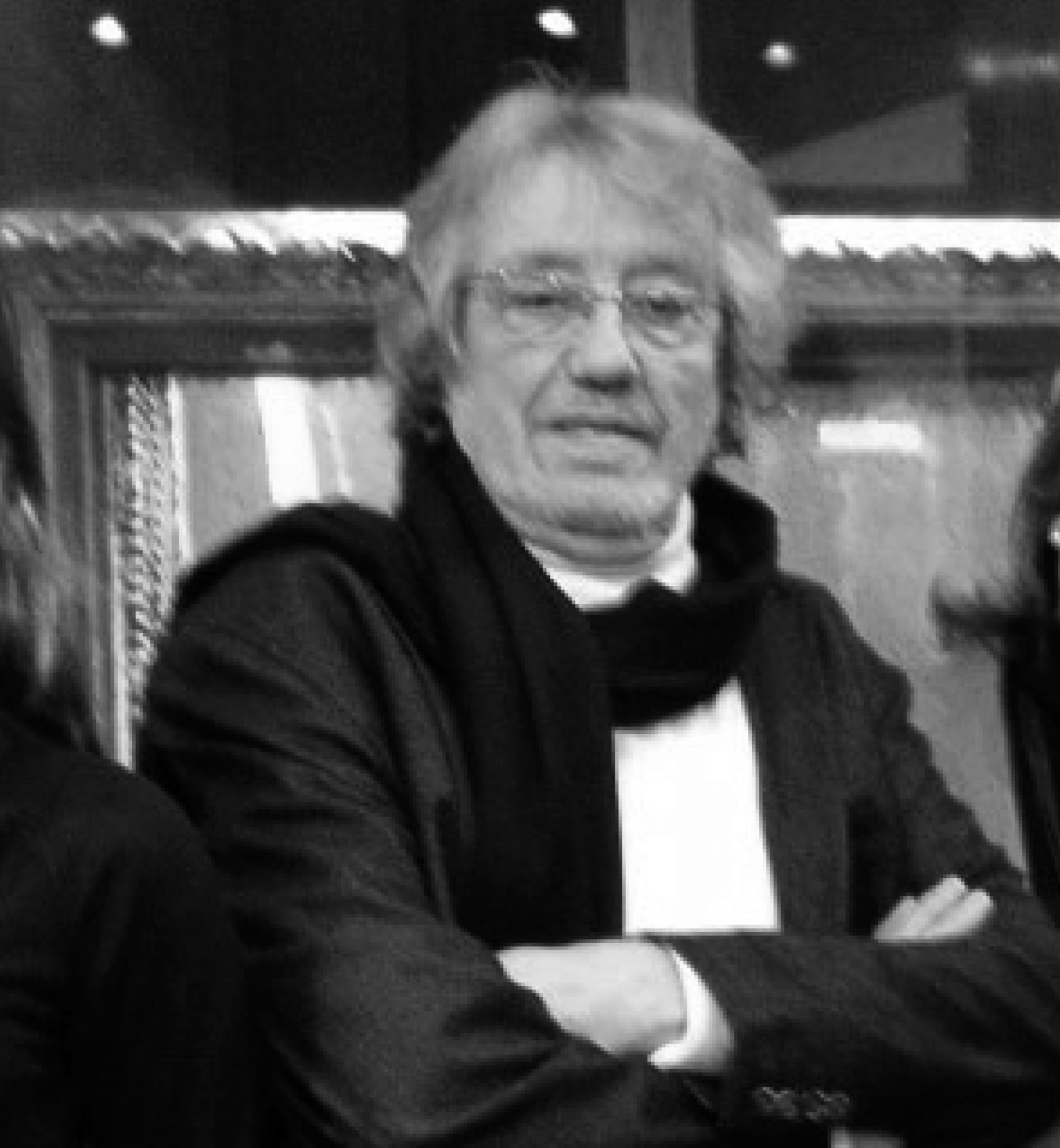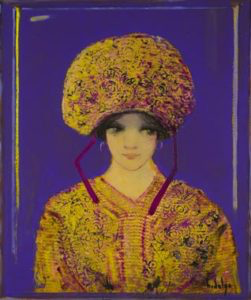CANTALLOPS, 1928 – BARCELONA, 2011 Hidalgo

He himself classifies his work in five periods; First period 1953-1960, Expressionist series 1961-1975, series Birds 1976-1979, series Materia 1980-1990 and series Contacts, which begins in 1991.
Hidalgo places us within the mysteries of human life. It evokes the past, but offers us the present that we carry in our respective interior.
BIOGRAPHY
He was the son of Jacinto Hidalgo and Carmen Labrador, of the “Hay Pitu” family, and he lived part of his childhood and youth in Cantallops.
He also lived in Manlleu, Calella, Vallirana and Mamblas (Ávila), following the different destinies of his father, who was Civil Guard, and the vicissitudes of the Civil War. After the war the family went to live in Barcelona and he spent long periods in Cantallops, with his mother and his brother Jesus. Of this time he remembered above all the fact of going to hunt birds with his grandfather. Hidalgo studied at the School of La Llotja in Barcelona since 1952 and began to exhibit successfully in different collective exhibitions and, since the 60s, also in individual exhibitions in Catalonia, Spain, France, Belgium, Germany, USA and Japan.
Hidalgo spent his adult life between Barcelona and Tossa de Mar, where he arrived for a fast painting contest in 1970, which he won, and where he spent the summers since then and was the source of inspiration for most of his work. He himself classifies his work in five periods; First period 1953-1960, Expressionist series 1961-1975, series Birds 1976-1979, series Materia 1980-1990 and series Contacts, which begins in 1991. They are famous for their harlequins, fauns, grecos, boxes, collages, ladies and still lifes that the gallerist Juan Kreisler considers as «new abstract figuration».
Doing a review of part of his special expression and pictorial interpretation we should mention the sketched figures, the decorative pattern, the models and everyday materials, the fragmentaritat and this darkness, this dark shadow of omnipresent black.
INTERPRETING THE REALITY
by Josep M. Cadena
With simplicity and without never ceasing to admire the worth of many other painters, Rembrant, Vermeer and El Greco are the painters at the bedside of Joaquín Hidalgo (Cantallops, Alt Empordà, 1928). To his studies of Barcelona and Tossa, stuck to the wall, facing the easels he uses to paint, he has reproductions of the man in the gold helmet -dude the authorship, but a great work- of the girl with the pearl and the Gentleman with his hand on his chest. He always sees them, reproduces them without wanting to imitate them and never stops analyzing them. Why does he do it? I ask. Well, I think I can answer, to meet with himself, to feel the light that comes from the interior of every living being and that he puts in his paintings as the most precious expression of his intense creative will.
Although he has been a painter for many years – he began when he was twenty years old and exhibits with continuity since in 1952 to do it in the El Jardín de Barcelona gallery – this is the first time in the Rusiñol Gallery. He is, then, a new painter, although his signature is one of the consolidated ones within the current Catalan figurative painting, for two reasons: the first and more accidental, because now we have it here; and the second, the transcendent one, because it is an artist who constantly renews himself while still being himself. Because at first sight you know that a work is yours, since it has managed to consolidate the style that best represents it, but there is always something new in a stroke, in a color, in a background, in an embroidery, in a light that comes from the background of the picture we look at and what makes it unique in relation to others, who also offer us their particular characteristics when we approach them.
The work of Joaquín Hidalgo comes from far and places us within the mysteries of human life. It evokes the past, but it offers us the present that we carry in our respective interiors. He knows how to draw water on himself and in this way he finds the human sense of the beauty that he admires in his trilogy of great masters.
Exhibitions

